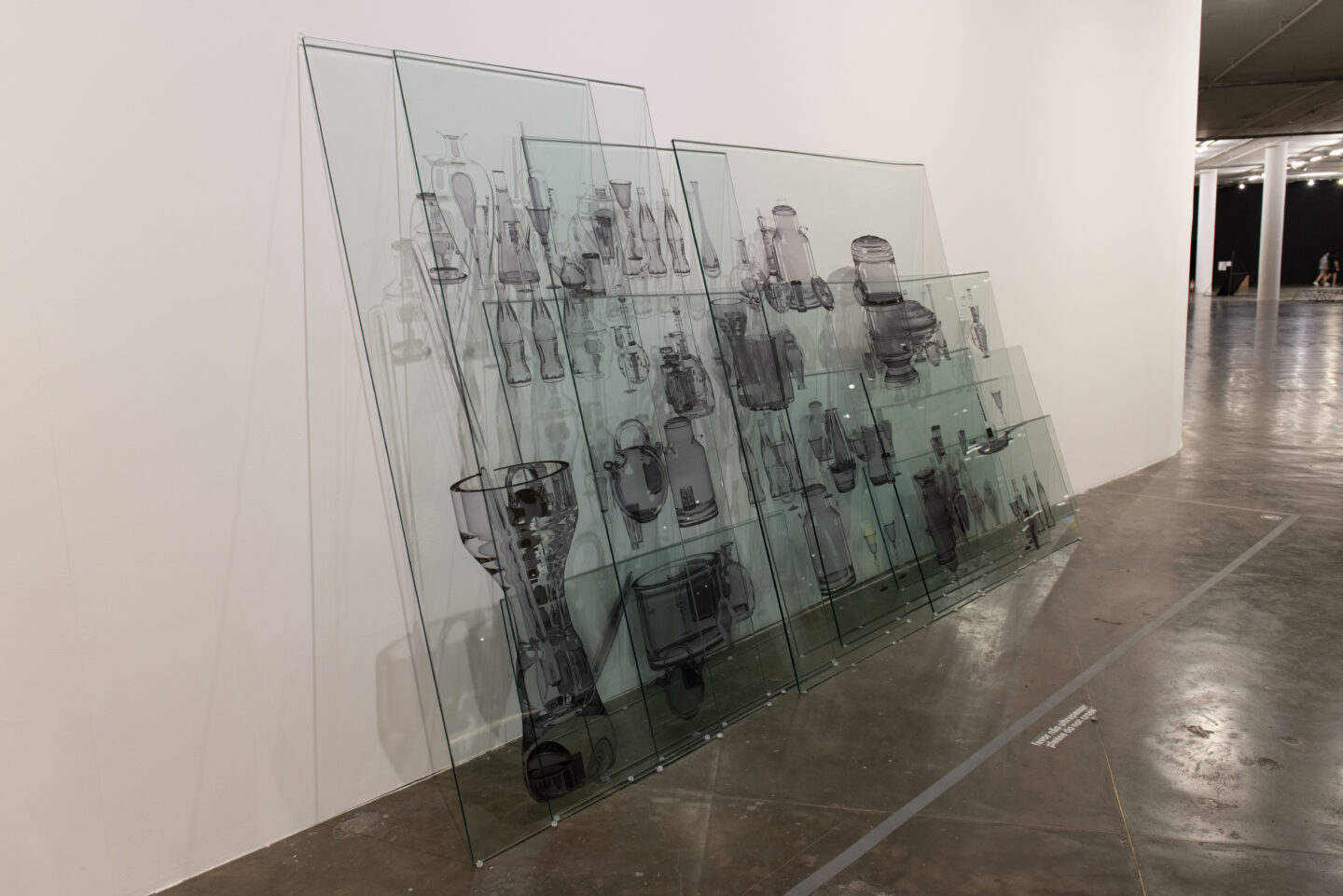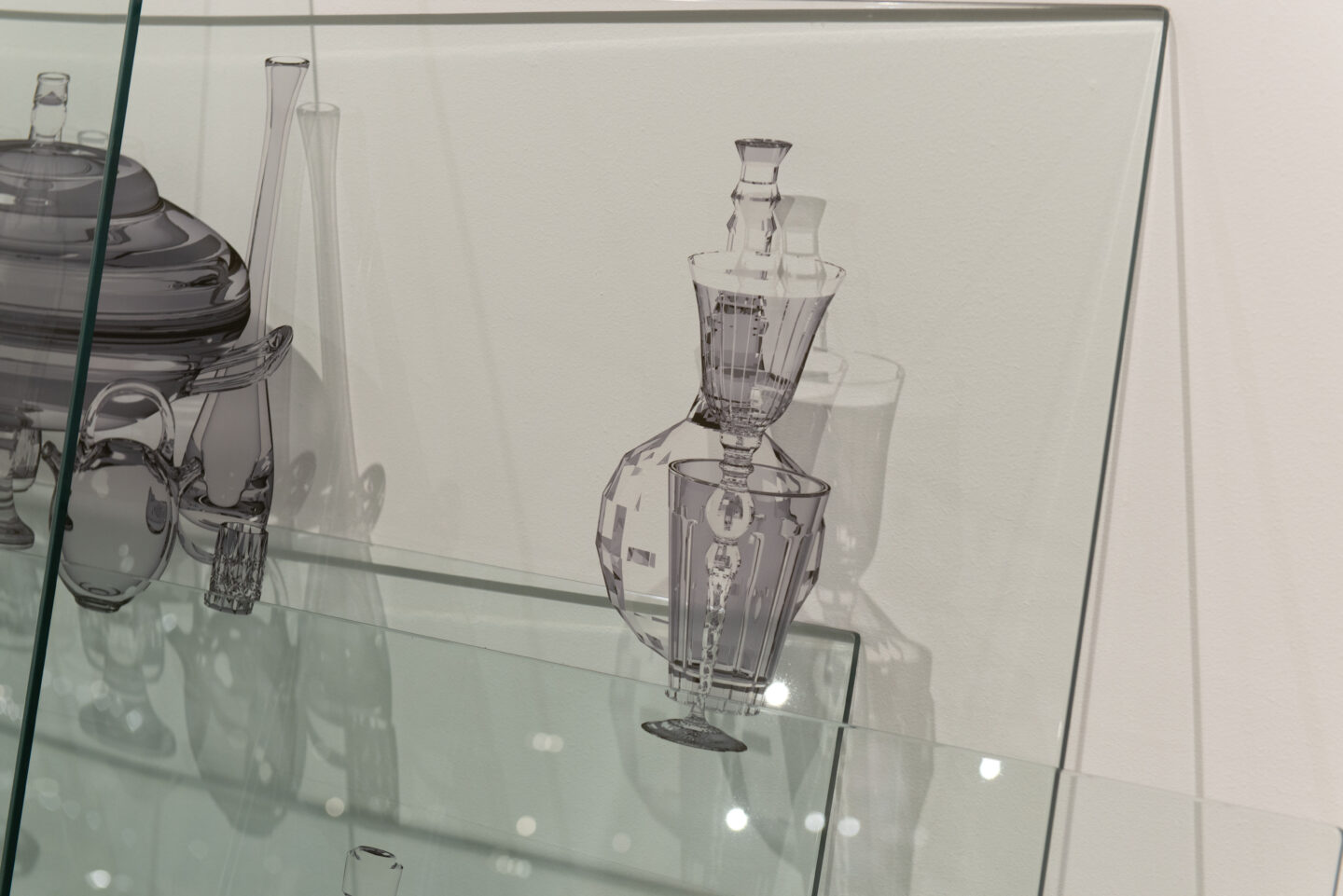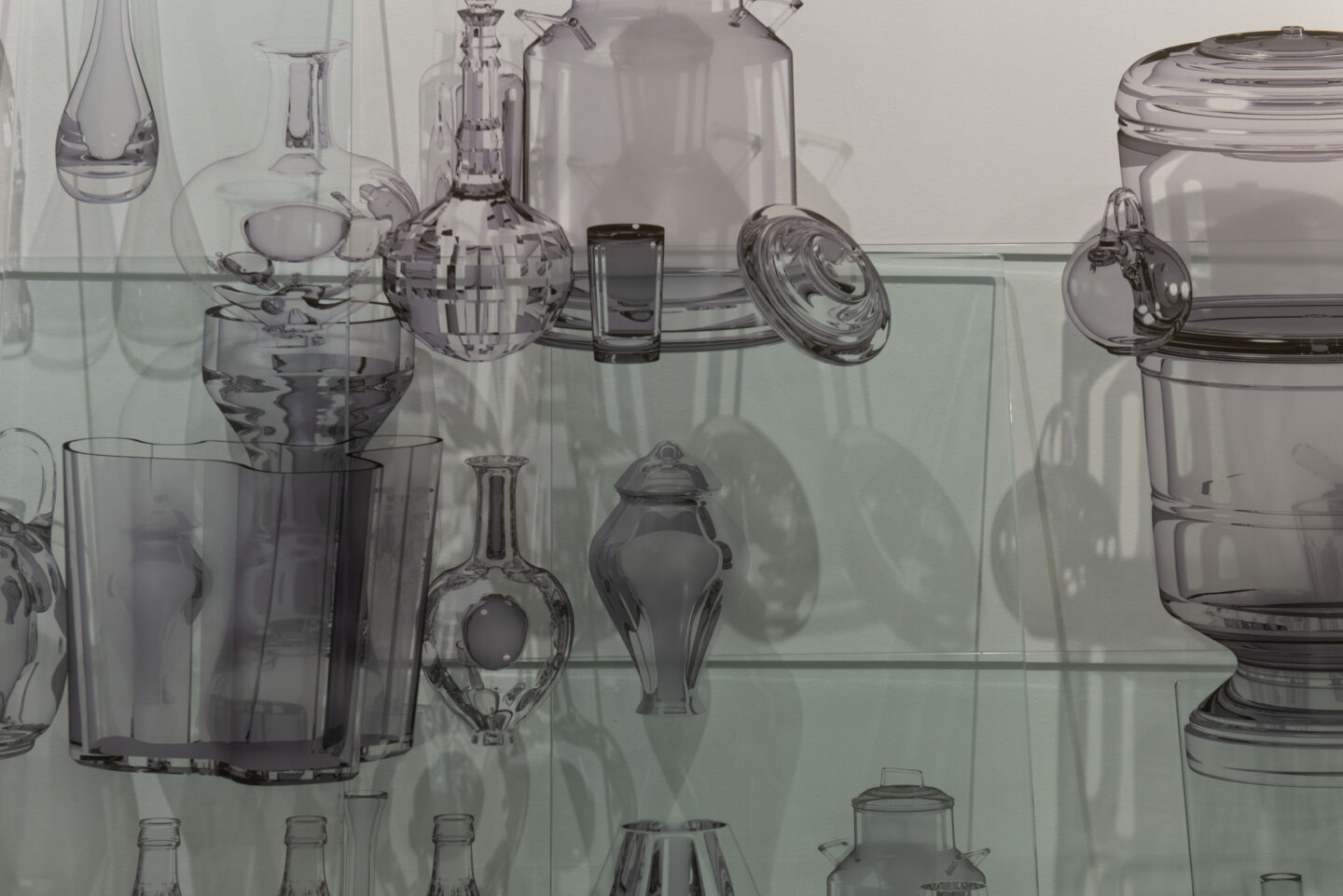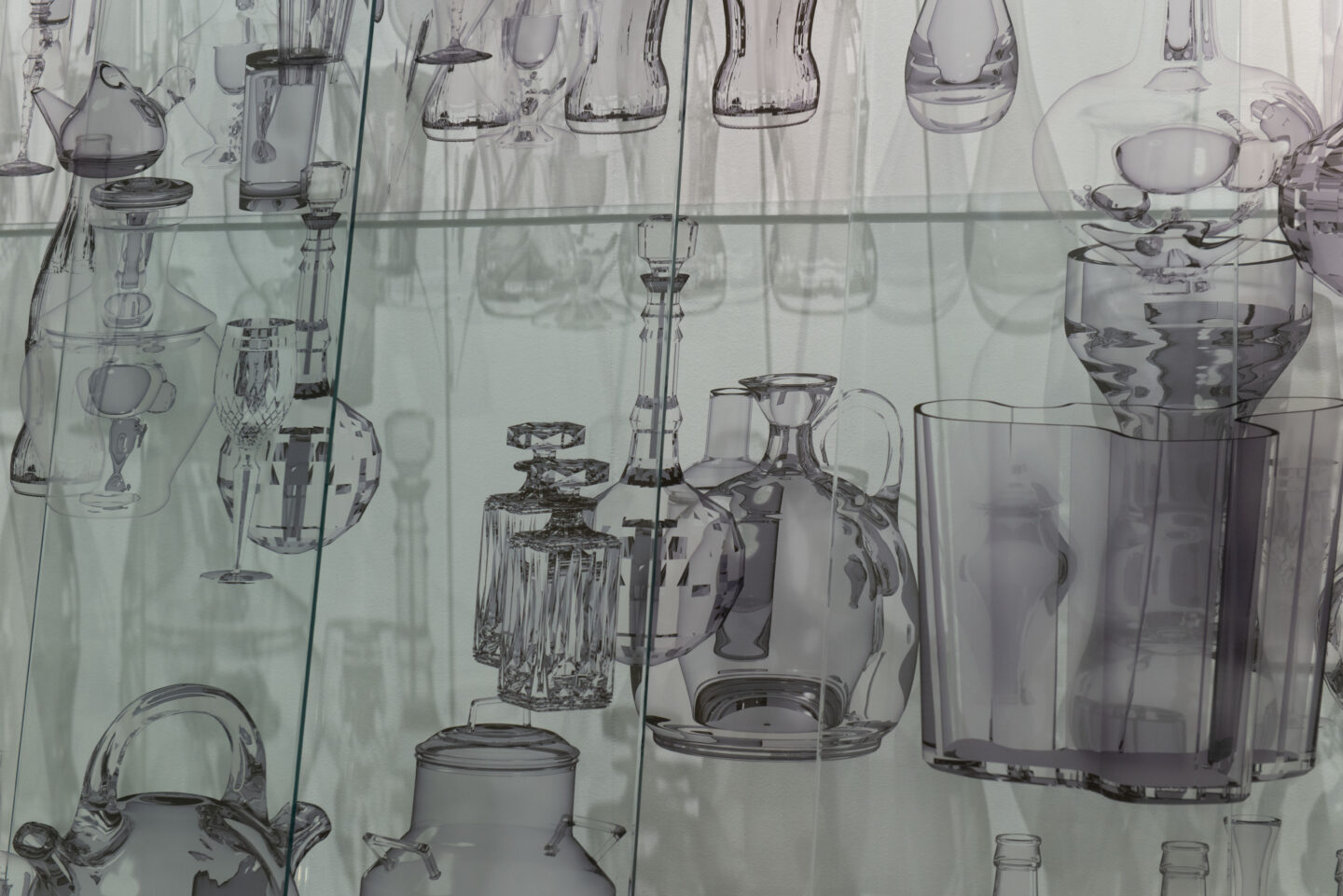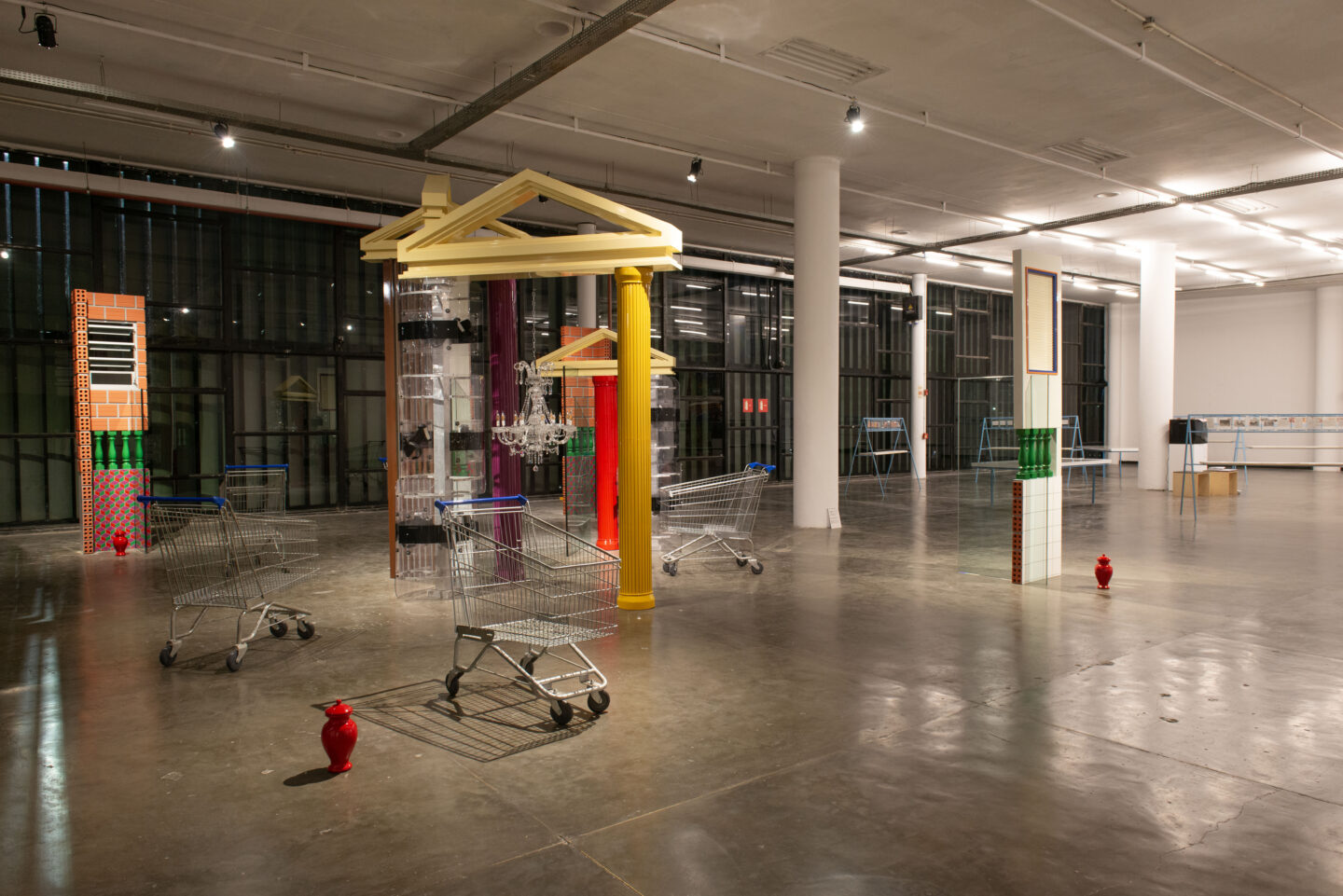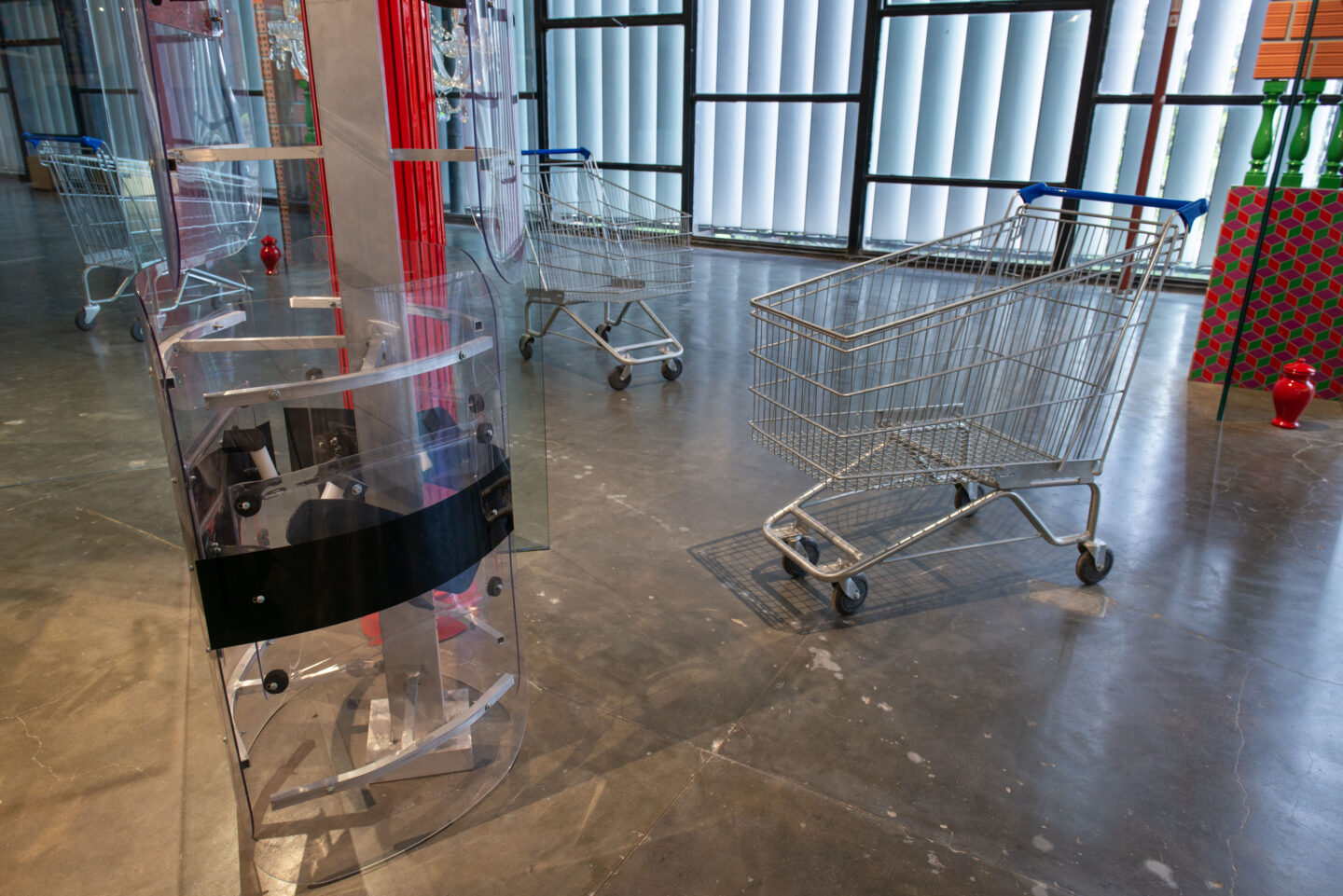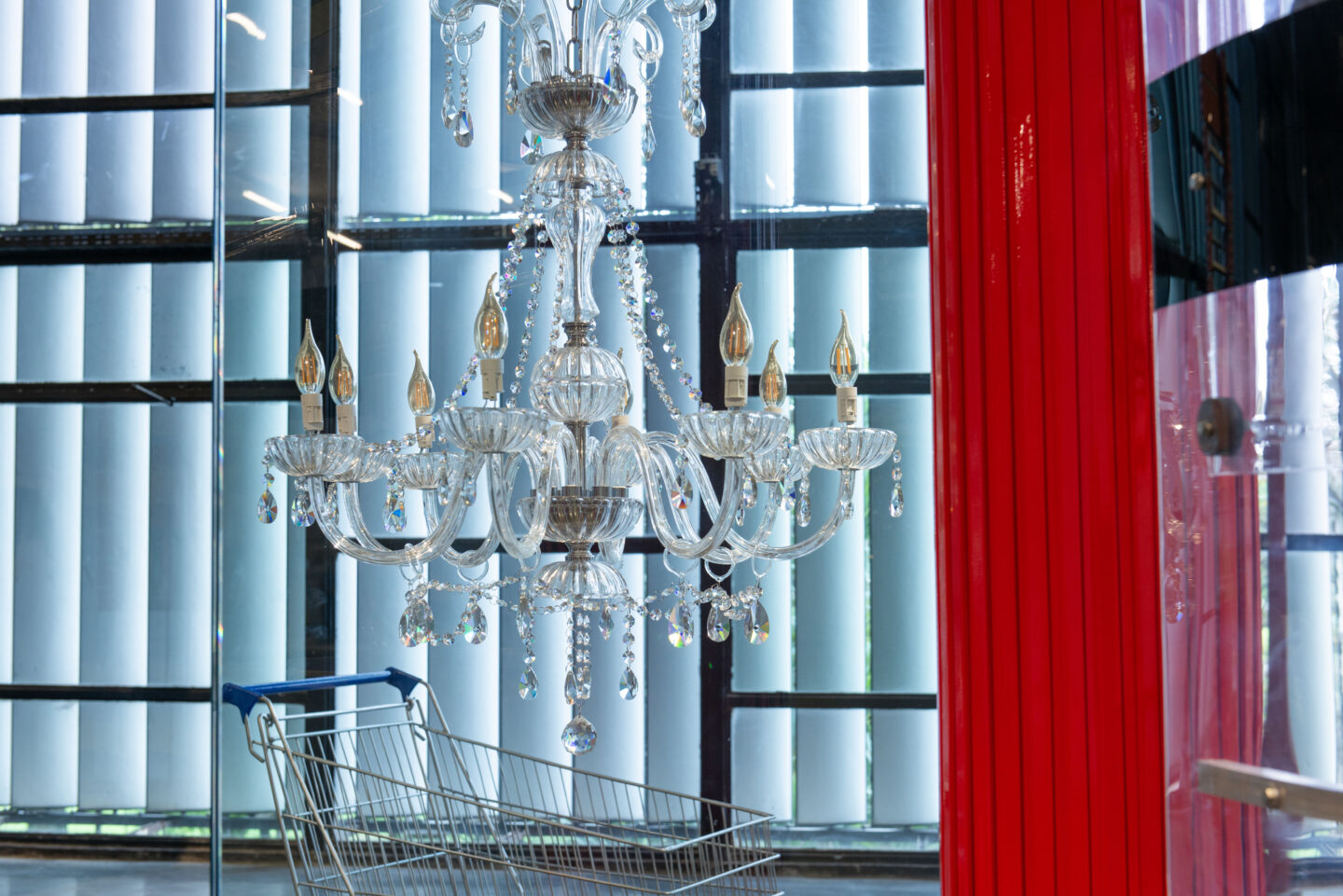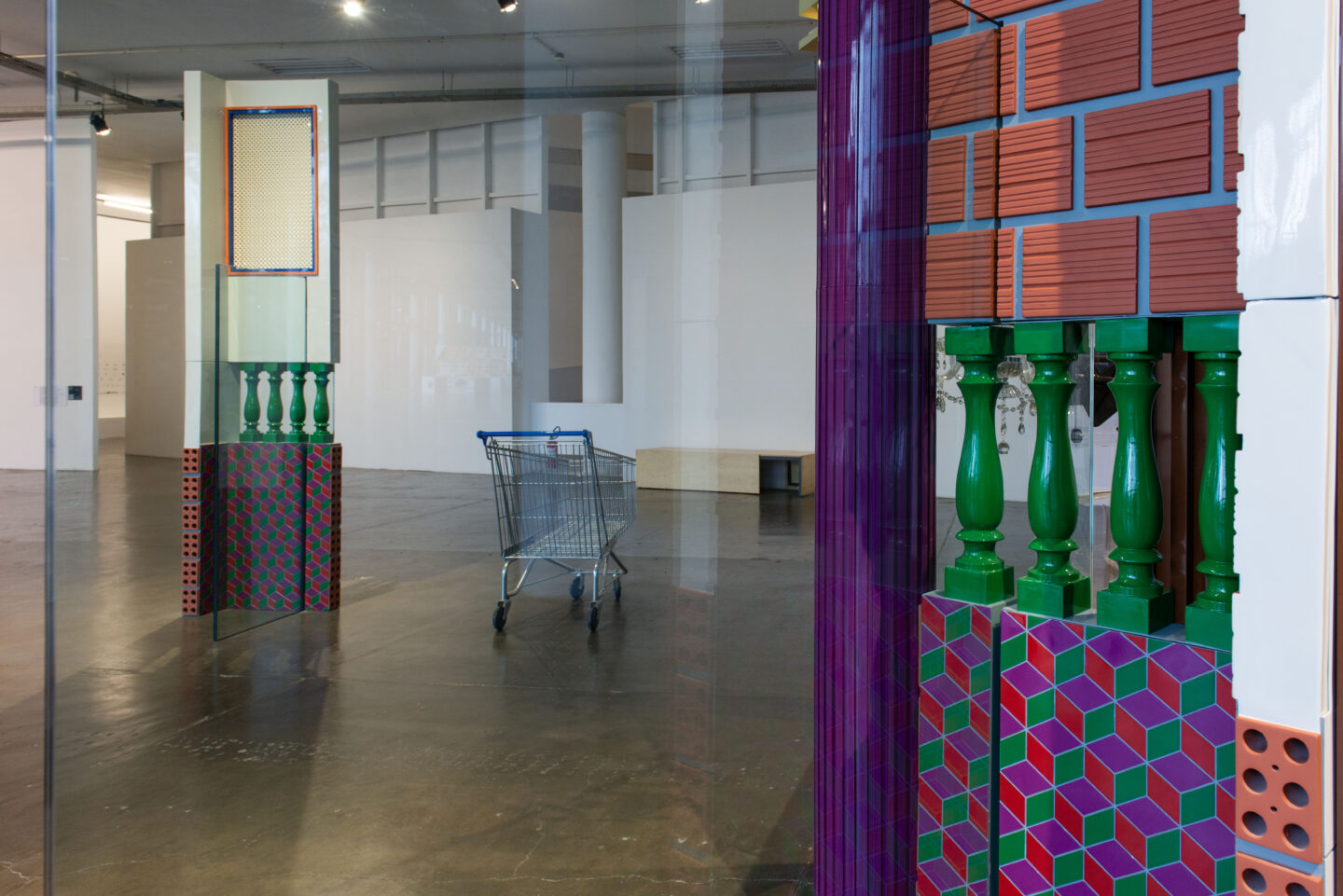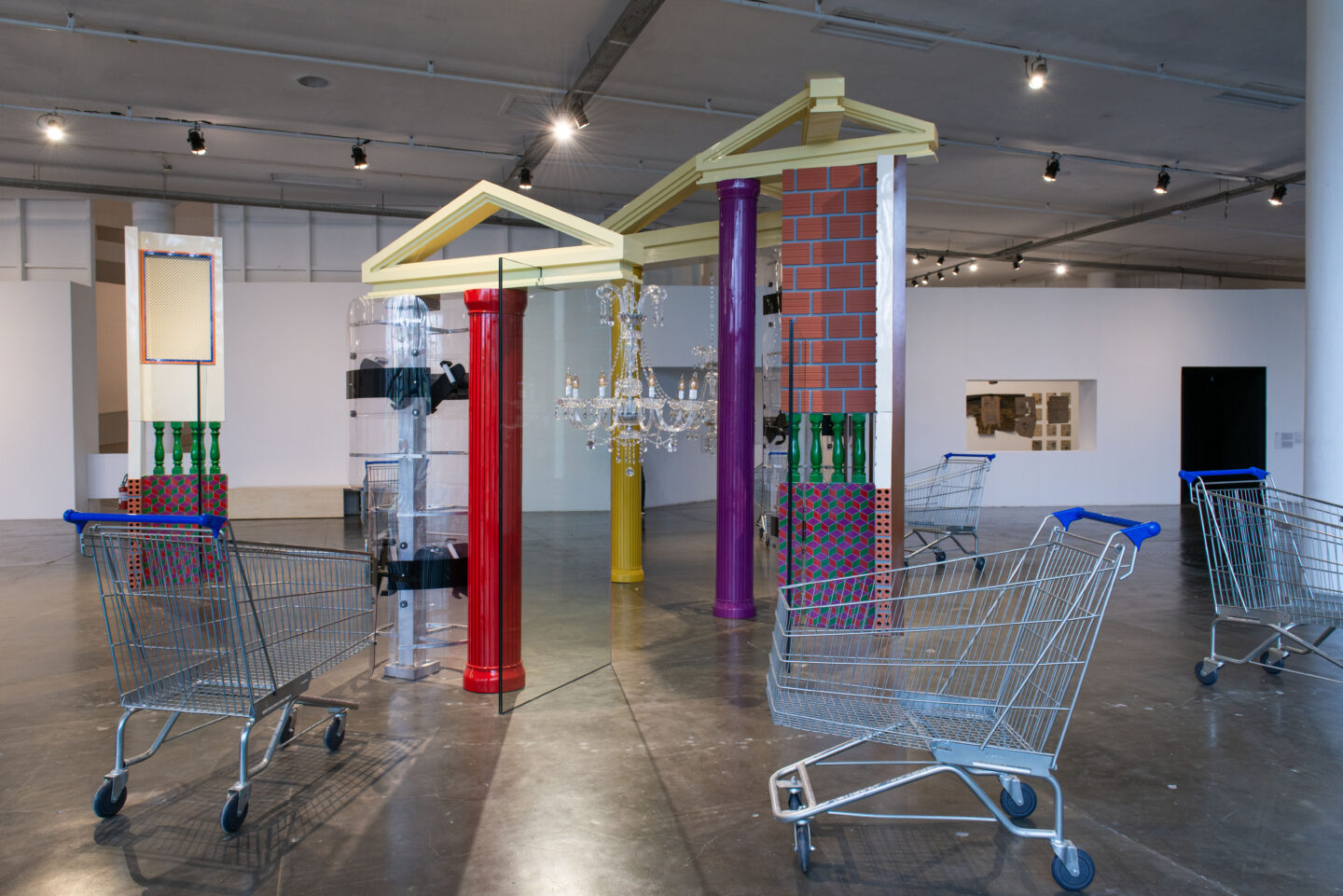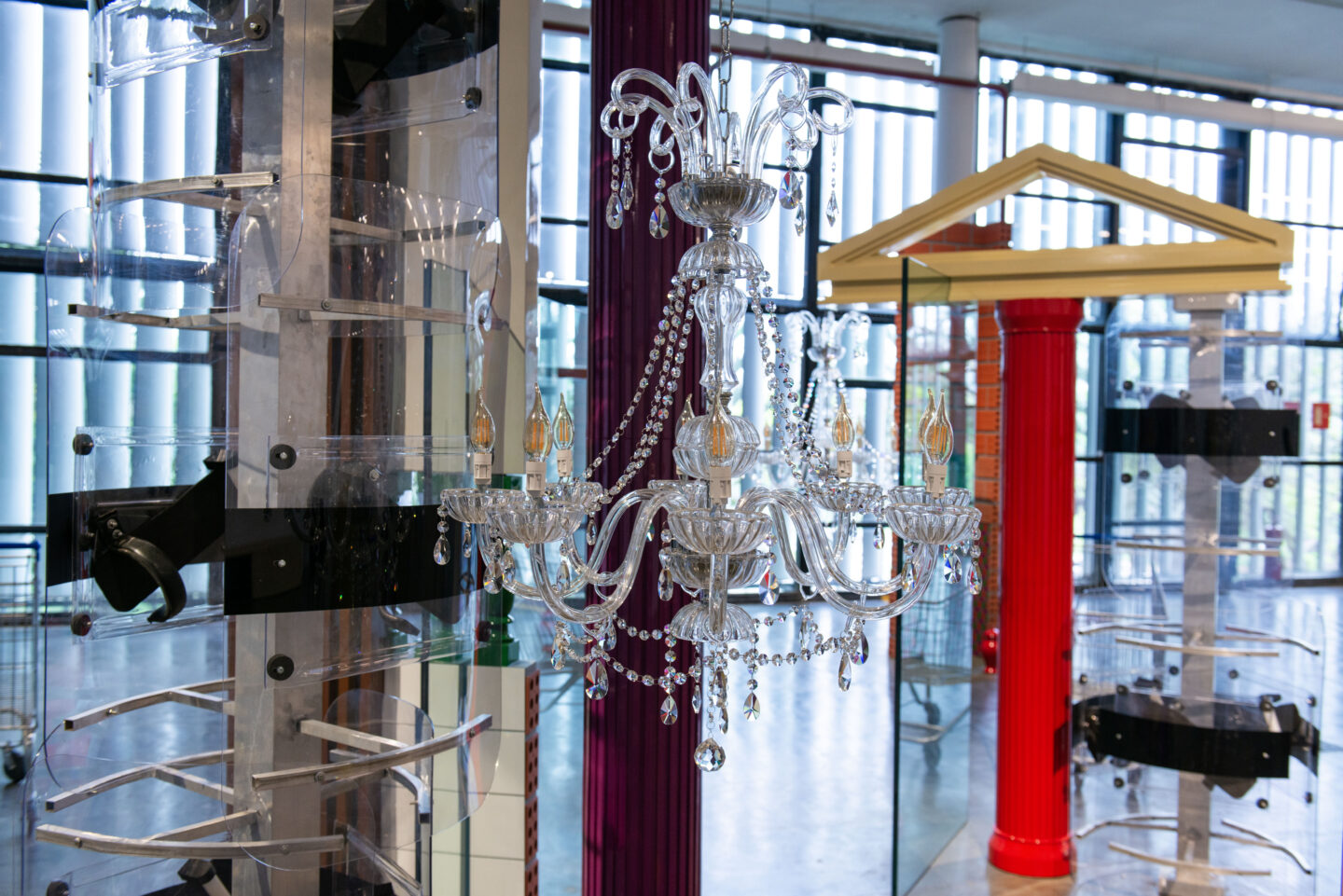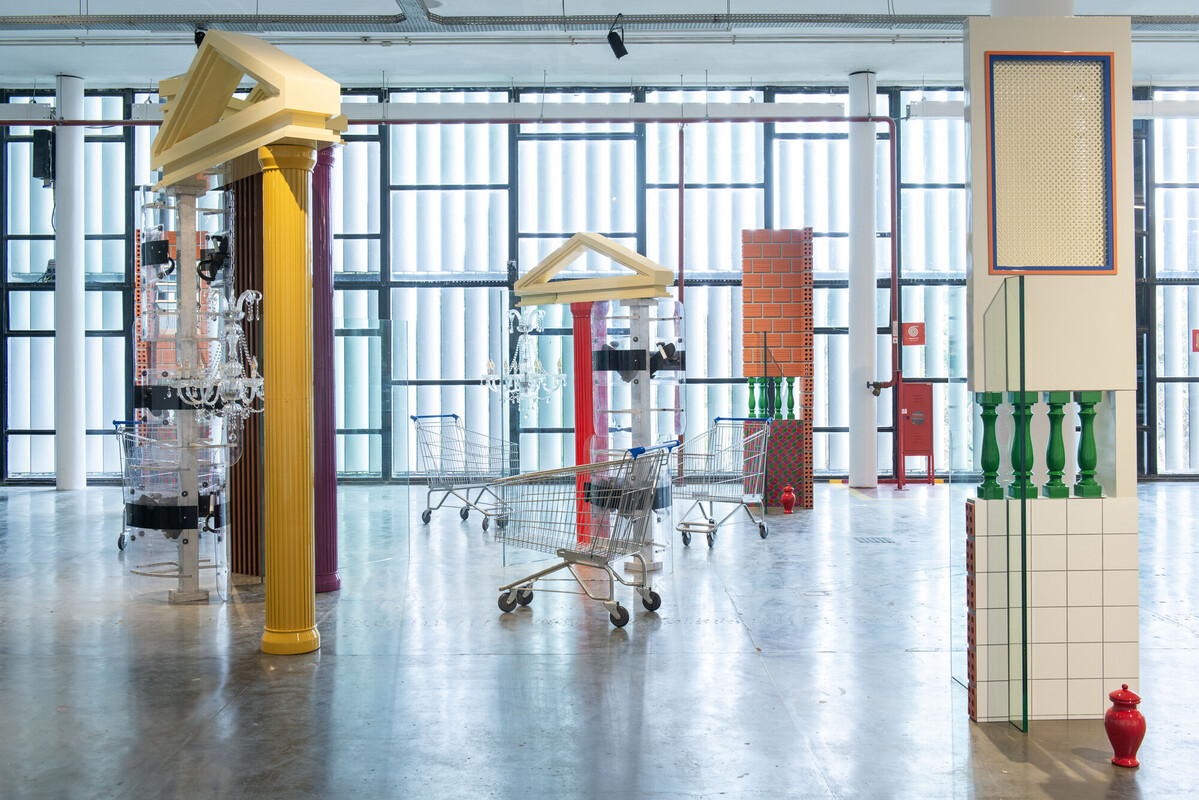
Rommulo Vieira Conceição
Milton Almeida dos Santos (1926–2001) was perhaps the most prominent and important Brazilian geographer of the 20th century who specialized in urban studies and who theorized the social and political conditions of Brazilian urbanization before post-colonial studies gained its academic foothold. In A natureza do espaço: Técnica e tempo. Razão e emoção [The Nature of Space: Technique and Time. Reason and Emotion] (1997) Santos states that today’s modern city is “luminous,” and the “naturalness” of technology and information results in a routine and mechanical condition of everyday life. Conversely, the spaces of the city occupied by the poor are “opaque” urban areas; yet, these are the spaces of approximation and creativity in opposition to the luminous zones and “espaços de exatidão” [spaces of accuracy]. It is the inorganic spaces that are open and because such spaces escape hegemonic rationalities, the excluded and marginalized poor populations are the source of creativity and of future possibilities.
In his latest work, Rommulo Vieira Conceição draws upon the spatial theories of Santos as well as photographs of the everyday spatial conditions, architectural elements, and details of opaque marginalized spaces of Brazilian cities such as Favela Nova Jaguaré in São Paulo, Favela Santa Marta in Rio de Janeiro, and Bairro Humaitá in Porto Alegre. Within these opaque spaces that are sometimes under the duress of military police, Conceição explores the creative construction of situated experiences and their implicit critiques of the conflation of capitalism, colonialism, and power. In his sculptural installation for the 35th Bienal de São Paulo, Conceição constructs walls of building materials and details commonly used in the favelas and barrios such as tijolo de barro 6 furos (clay tile brick with six holes); ceramic tile; and colonial balusters. These walls and Greco-Roman Doric columns support neo-classical pediments that express socio-cultural and political values. These are juxtaposed by suspended military brigade shields with images of shock battalions that refer to windows or mirrors. Finally, an array of supermarket carts are arranged and scattered in the work that refer to capitalism and consumption but also to mobility which offers the possibility of encounters as well as the construction and redesign of values.
mario gooden
- Vista da instalação Quando a posição define o espaço social, sendo objeto continente dessa posição de Rommulo Vieira Conceição durante a 35ª Bienal de São Paulo – coreografias do impossível © Levi Fanan / Fundação Bienal de São Paulo
- Vista da instalação Quando a posição define o espaço social, sendo objeto continente dessa posição de Rommulo Vieira Conceição durante a 35ª Bienal de São Paulo – coreografias do impossível © Levi Fanan / Fundação Bienal de São Paulo
- Detalhe da instalação Quando a posição define o espaço social, sendo objeto continente dessa posição de Rommulo Vieira Conceição durante a 35ª Bienal de São Paulo – coreografias do impossível © Levi Fanan / Fundação Bienal de São Paulo
- Detalhe da instalação Quando a posição define o espaço social, sendo objeto continente dessa posição de Rommulo Vieira Conceição durante a 35ª Bienal de São Paulo – coreografias do impossível © Levi Fanan / Fundação Bienal de São Paulo
- Detalhe da instalação Quando a posição define o espaço social, sendo objeto continente dessa posição de Rommulo Vieira Conceição durante a 35ª Bienal de São Paulo – coreografias do impossível © Levi Fanan / Fundação Bienal de São Paulo
- Detalhe da instalação Quando a posição define o espaço social, sendo objeto continente dessa posição de Rommulo Vieira Conceição durante a 35ª Bienal de São Paulo – coreografias do impossível © Levi Fanan / Fundação Bienal de São Paulo
- Vista da instalação O espaço físico pode ser zona de disputa, convenções e certezas falíveis de Rommulo Vieira Conceição durante a 35ª Bienal de São Paulo – coreografias do impossível © Levi Fanan / Fundação Bienal de São Paulo
- Vista da instalação O espaço físico pode ser zona de disputa, convenções e certezas falíveis de Rommulo Vieira Conceição durante a 35ª Bienal de São Paulo – coreografias do impossível © Levi Fanan / Fundação Bienal de São Paulo
- Detalhe da instalação O espaço físico pode ser zona de disputa, convenções e certezas falíveis de Rommulo Vieira Conceição durante a 35ª Bienal de São Paulo – coreografias do impossível © Levi Fanan / Fundação Bienal de São Paulo
- Vista da instalação O espaço físico pode ser zona de disputa, convenções e certezas falíveis de Rommulo Vieira Conceição durante a 35ª Bienal de São Paulo – coreografias do impossível © Levi Fanan / Fundação Bienal de São Paulo
- Vista da instalação O espaço físico pode ser zona de disputa, convenções e certezas falíveis de Rommulo Vieira Conceição durante a 35ª Bienal de São Paulo – coreografias do impossível © Levi Fanan / Fundação Bienal de São Paulo
- Detalhe da instalação O espaço físico pode ser zona de disputa, convenções e certezas falíveis de Rommulo Vieira Conceição durante a 35ª Bienal de São Paulo – coreografias do impossível © Levi Fanan / Fundação Bienal de São Paulo
- Vista da instalação O espaço físico pode ser zona de disputa, convenções e certezas falíveis de Rommulo Vieira Conceição durante a 35ª Bienal de São Paulo – coreografias do impossível © Levi Fanan / Fundação Bienal de São Paulo
- Vista da instalação O espaço físico pode ser zona de disputa, convenções e certezas falíveis de Rommulo Vieira Conceição durante a 35ª Bienal de São Paulo – coreografias do impossível © Levi Fanan / Fundação Bienal de São Paulo
Rommulo Vieira Conceição (Salvador, BA, Brazil 1968. Lives in Porto Alegre, RS, Brazil) is an artist who works with various techniques and mediums such as installation, sculpture, drawing, photography, and video, exploring relationships with the surroundings. He has participated in solo exhibitions at institutions like Instituto Goethe de Porto Alegre (Brazil) and Centro Cultural de São Paulo (Brazil). He holds a master’s degree in Visual Poetics from the Universidade Federal do Rio Grande do Sul. His works have been showcased in both solo and group exhibitions, as well as in artistic residencies in different countries.

 Português
Português